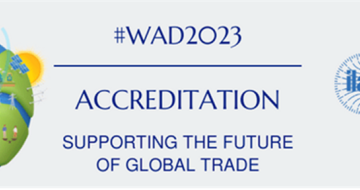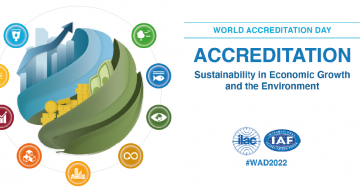Slime toys are wet and elastic toys that pose significant risks to health and safety. In 2019, the European Commission conducted an accelerated collaboration project with the market surveillance authorities from 29 countries, in order to assess the risks associated with slime toys on the European market. The CASP programme (Coordinated Activities on the Safety of Products) involves coordinated monitoring and testing of products in all member states, along with the regular inspection of toys sold online or in shops.
The most important message from this project to manufacturers is that they may only supply safe slime toys, and that they must provide consumers with instructions for safe play.
CASP tests show that slime toys can pose risks.
- Slime toys can be dangerous for young children. Being wet and elastic, there is a high risk of ingestion. It is therefore essential to state the correct age category on the packaging. Furthermore, the packaging must bear instructions for safe play. It should be clearly indicated that swallowing slime should be avoided at all costs.
- Slime products contain a chemical substance called “boron”. Ingestion of or contact with an excessive amount of boron can harm children's health by having serious effects on their reproductive system. Information about the risks can be useful for parents of young children with allergies or respiratory problems.
- As slime ages, it contains an increasing amount of bacteria, increasing the risksof inhalation or ingestion. The packaging must contain instructions for safe play: Always wash your hands before and after playing. Carefully close the packaging after use, to prevent the growth of bacteria.
What must slime toys manufacturers look out for?
- Make sure that your slime toy complies with the safety regulations of the applicable legislation.
- Make sure that the recommended age is stated clearly on the packaging. Slime toys are dangerous for babies and young children.
- Make sure that the packaging displays instructions for safe play:
- Never put slime in your mouth (risk of swallowing)
- Never put slime close to your face (risk of irritation)
- Always wash hands before and after play (risk of bacteria)
- Always carefully close the packaging after use (risk of bacteria)
- Make sure that the CE marking is displayed on the packaging to show that the toy complies with the applicable European legislation.
European manufacturers and importers of slime toys are obliged to inform consumers on how to play safely with slime toys. Manufacturers must comply with the EU regulations for toy safety and give instructions on how to play safely in order to avoid risks for young consumers.

